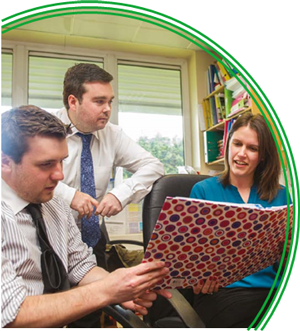The LGfL History of Computing provides context, history and teaching materials for Ks3-5 to deliver a rounded and reflective learning experience, rather than skills based learning
LGfL provides a wide range of content to support the cross curricular use of technology. See LGfL Showcase
Planning
How can we turn the requirements of the programme of study into engaging lessons?
There are four things to keep in mind.
- The programme of study is a minimum entitlement - there's nothing that imposes any limits on what schools, teachers or pupils cover in computing.
- The programme of study is not a scheme of work it's up to you, as a school, to determine how you cover this content, in what order, in what contexts and with what resources.
- Schemes of work are not lesson plans ? that level of planning comes later, with the ideas for each unit of work getting translated into the detail of specific objectives, resources, activities and assessment.

- There is a far greater focus now on learning about computers and computation, rather than on learning how to use technology.

The computing curriculum brings new teaching opportunities to sit alongside those familiar from the ICT programme of study. There is an increased emphasis on computer science; not only on how to use technology, but on how to make it and how it works. Planning needs to bring together the three strands of computing (CS, IT and DL) and there are many opportunities to have exciting and creative lessons. This section will help you plan for the new curriculum in terms of schemes of work and resourcing.


